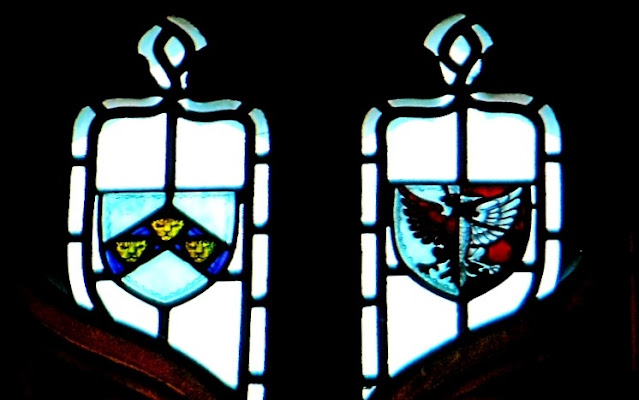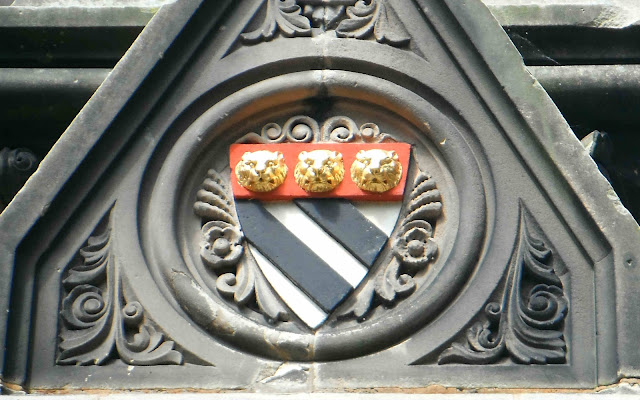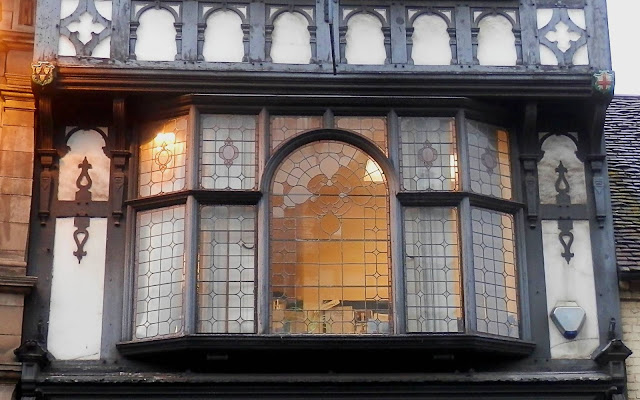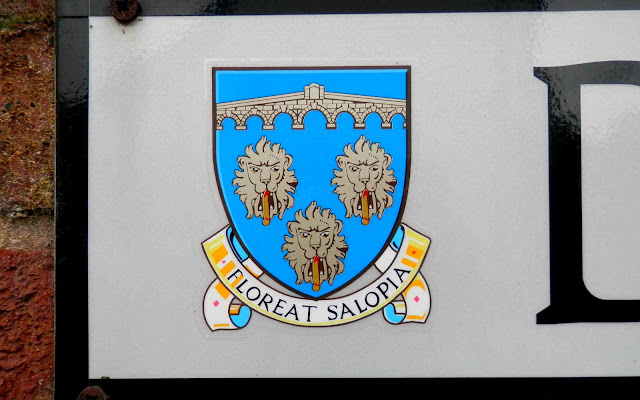It’s a great shame to see that the nineteenth-century Belle Vue Tavern, a proper community pub in the suburb of Belle Vue to the south of Shrewsbury, has closed. Dave the barman was always a welcoming and considerate landlord, who would tell the stories of the old pub with relish.
Like a number of pubs locally*, its pub-sign features the loggerheads. Curiously, the pub-sign was only recently changed - and the words ‘Shropshire Ales’ were removed (see old sign, right).It’s not clear if there was ever a brewery called ‘Shropshire Ales’ or whether the old sign simply meant that local beers were sold there. If anyone knows the answer to this mystery, please email us, or use the Comments box below.
For information: the pub’s former name was The Old Plough, but has been called The Belle Vue Tavern since 1991.
* other pubs bearing loggerheads in their signs include the Shrewsbury Arms (both the one in Shrewsbury and the one in Chester), the Loggerheads Inn, the Bricklayers and the Heathgates. Also, the Shrewsbury Arms at Albrighton has an heraldic reference to the arms on its pub-sign.
A new book has now been published to celebrate 600 years of the loggerheads - click here to find out more.
+
To comment on this post, just use the Comments field down this page or email us direct.
To get an email alert into your inbox every time we make a new post (about once a week), just click 'Subscribe & Follow' (at the top of the column to the right on this page) and just fill in the form




































